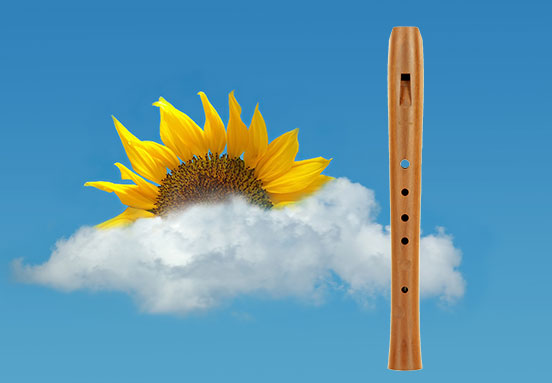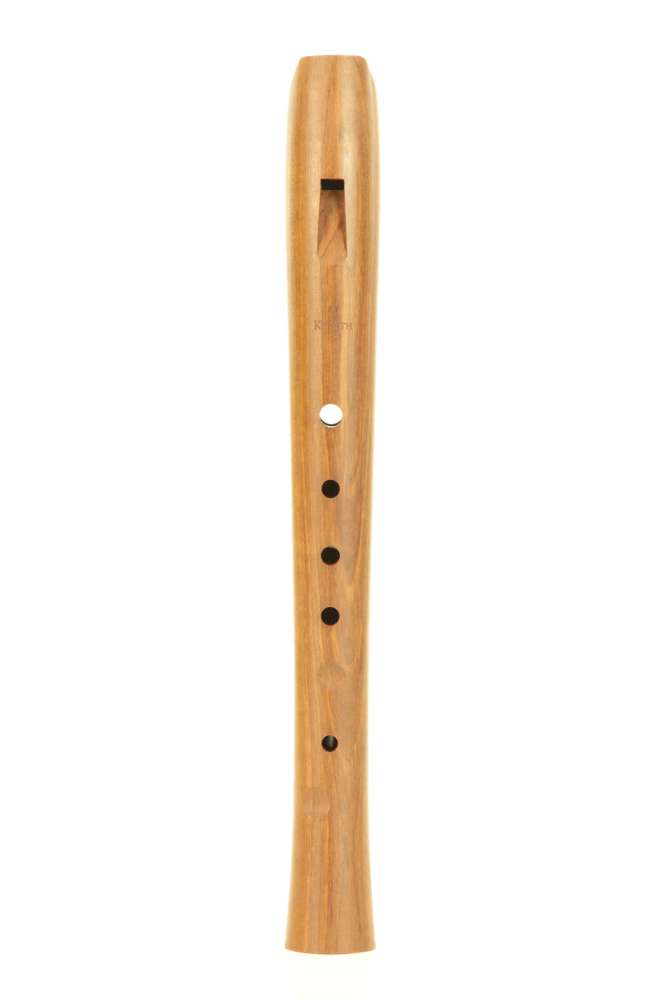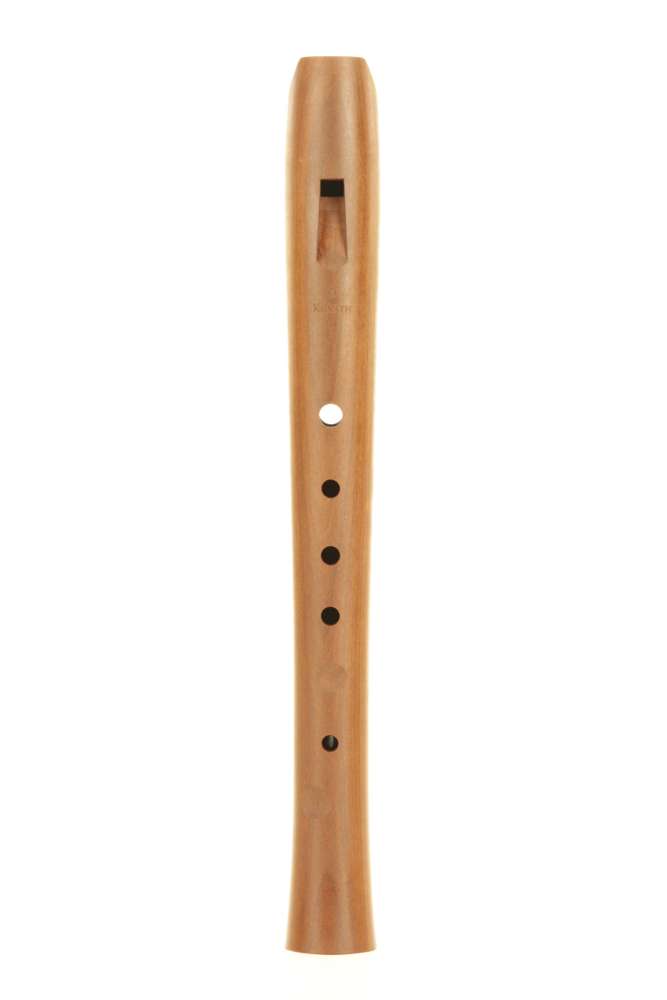
The sun flutes
7-tone pentatonic in its most beautiful form.
If you build up the notes d, e, g, a, b in fifths on top of each other, you arrive at a certain sequence: G,D,A,E,B. In the center of these tones is the tone a. If you arrange the notes d, e, g, a, b in a circle and then draw the connecting lines from G via D, A, E to B, you get a pentagram with the note A at its head (apex). The note a is obviously of central importance within the 5 pentatonic tones.
This becomes even clearer if you place these notes in the closest position and then examine the tone steps (intervals) from A. From A, the intervals are mirrored: downwards a major second, then a minor third; also upwards: first a major second, then a minor third. The intervals are only mirrored from note A; no interval mirroring occurs from any of the other notes. Against the background of this phenomenon, one can come to the conclusion that tone A has a special significance within the 5 pentatonic tones.
Rudolf Steiner assigned all seven tones to the different planets. He thus assigned
- the tone E to Jupiter
- the tone G to Saturn
- the tone A to the sun
- the tone H to the moon
- the tone D to Mercury
The five pentatonic tones e,g,a,h,d are apparently a solar scale with the solar tone A at its center.
This brings us closer to the question of why Rudolf Steiner suggests these tones in particular for young children.
Recorderpodcast.com
Just relax and listen to the recorder maker as he gives an insight into the little secrets of recorder making and explains the special features of selected instruments.








